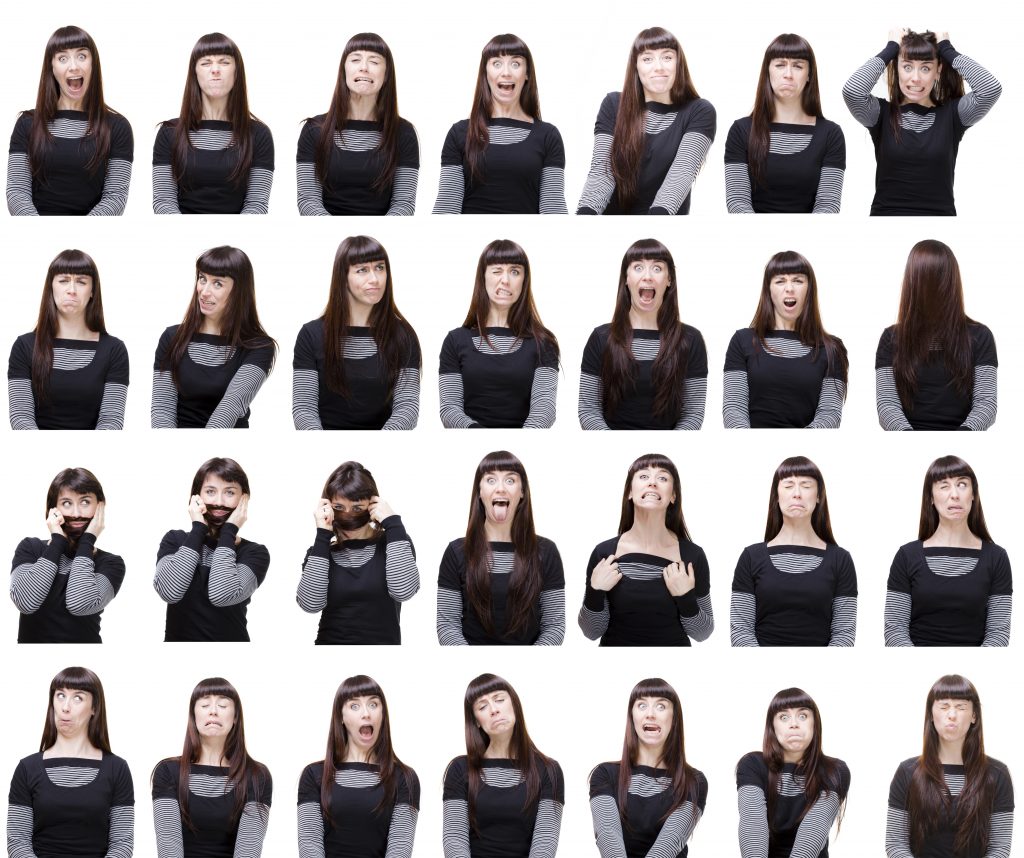 Language has a huge influence in determining how we interact with the world, but what about nonverbal behavior?
Language has a huge influence in determining how we interact with the world, but what about nonverbal behavior?
When we speak and conceptualize the world in certain ways, we also structure our experience in order to make sense of and interact with it. In a novel 2017 study, Dr. Elizabeth Kirk and Dr. Carine Lewis sought to explore the connection between non-verbal gestures and creative problem-solving in children as a way of exploring the role that nonverbal gestures play in understanding the world.
The authors hypothesized that children’s ability to develop creative uses for everyday items depended on their capacity to freely gesture about those objects. This would allow the children to engage with these objects nonverbally in a way that allowed them to better understand their potential uses.
In the first of two experiments, a group of children between age 9 and 11 were exposed to a series of images and encouraged to develop a list of novel uses for the objects depicted in those images. Some of the children were allowed to gesticulate freely as they spoke, while another had their hands secured by Velcro and were instructed to keep their hands still.
After monitoring the experiment, the authors categorized gestures based on several criteria, such as whether they depicted the use of an object or described its spatial dimensions. This was part of an effort to make sense of which gestures had a “semantic meaning” in expressing certain thoughts, and these gestures were dubbed “iconic gestures.”
In a separate experiment, another group of children were exposed to the same set of object images, with some being encouraged actively to gesture. While, when allowed, almost all children naturally gestured, those that were encouraged to did so even more, developing a correspondingly greater number of novel uses for the objects.
In both cases, the study authors found that the ability to freely gesture helped the children develop new ideas. Interestingly, the type of object did not determine how many gestures the children would make, but they did influence the types of gestures.
Dr. Kirk and Dr. Lewis concluded that gestures do help stimulate creativity in children. They contended that, by gesturing, children were better able to understand important features of the objects and determine how best to act on this knowledge.
This research fits well into the assumption that gestures help us structure our world. This underscores how important nonverbal behavior is in understanding both the world around us and the other people we encounter within it.
Previous blogs have explored how certain gestures seem universal across cultures and the importance of nonverbal behavior in face to face interaction. For those who are curious to learn more, Humintell’s Dr. David Matsumoto leads a fantastic webinar on the role of gestures in interpersonal communication!
 If there are universal emotions and expressions, does that mean there are universal gestures?
If there are universal emotions and expressions, does that mean there are universal gestures? As a follower of this blog, you are probably pretty aware of universal emotions, but how do these relate to microexpressions?
As a follower of this blog, you are probably pretty aware of universal emotions, but how do these relate to microexpressions?